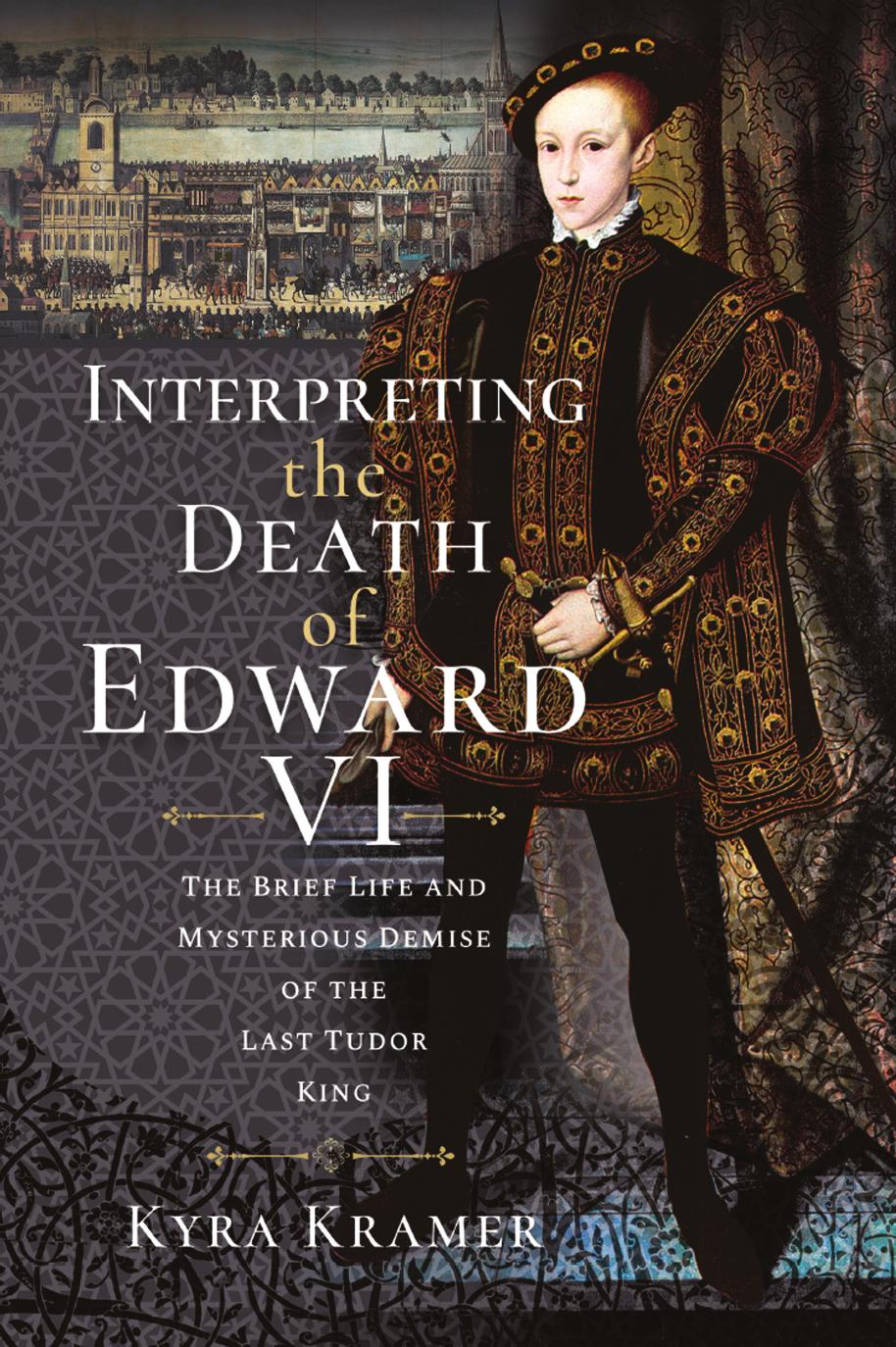Interpreting the Death of Edward VI by Kyra Krammer

Author:Kyra Krammer
Language: eng
Format: epub, pdf
Tags: Biography & Autobiography/Royalty
Publisher: Pen and Sword
Published: 2022-10-30T00:00:00+00:00
Chapter Ten
Edward is Becoming a King in Truth
King Edward likewise rode into London on 17 October âaccompanied by the Councillors and all the nobles of the realmâ1 in order to reassure the people he was alive and well. Wearing a coat of âcloth of tissueâ and bedecked in jewels, he led a magnificent parade of over a thousand horsemen through the streets of the city while the crowds cheered. Reminiscent of his coronation, the route from London Bridge to Temple Bar along which he rode was lined with âminstrels and singing menâ and âgarnished with arras and other decent hangingsâ.2
The city was jubilant. There had been no bloody coup or usurpation of the kingâs throne. The government had remained essentially stable, and there was no current threat of another civil war. All that the populace had to worry about now were the rising food prices, devalued currency, enclosures, continual plagues of incurable diseases, religious upheaval, and potential rebellions.
The king trusted his councillors once more, but he retained enough good feeling towards his uncle that he demanded assurances of Somersetâs safety and treatment. The duke was being treated well, and in spite of many historians assertions to the contrary, there is scant evidence that the Earl of Warwick was plotting to execute the former Lord Protector. It was Thomas Wriothelsey who was inveigling to take over the top spot in the council. It was Wriothesley who set out âwith conservative support to recover the precedence he had lost in 1547 when the protector had sacked him as lord chancellorâ, and only when John Dudley was threatened âto be dragged down as an erstwhile supporter of Somerset did he act in self-defenceâ by seeking leadership.3 Warwick secured the appointment of Henry Grey, Marquess of Dorset, and Richard Cox, Bishop of Ely, to the council and with the addition of these two new allies he was able to cut off Wriothesley and the conservatives from governance. Once Dudley had control of the council, he could have begun to pressure them to prove Somersetâs âtreasonâ and execute him, kingâs kinsman or not. Instead, Warwick worked with the crown to save the dukeâs hide. The former Protector was able to pay a fine and be released from the Tower with the kingâs pardon on 6 February 1550.
If Dudley had ever planned on becoming the de facto monarch the way Somerset had, now was his chance, but he did not make the slightest attempt to give himself a similar protectorate. He behaved in the opposite manner, working to gain a consensus with his fellow councillors before implementing policy. Instead of personally holding on to the dry stamp of the kingâs signature, as Somerset had done, he put Sir John Gage in charge of it. Gage was not only a lawyer, he had been one of Henry VIIIâs trusted courtiers. He was made the chief gentleman of King Edwardâs privy chamber, so that he would know if the monarch was aware that the dry stamp would be used.
Download
Interpreting the Death of Edward VI by Kyra Krammer.pdf
This site does not store any files on its server. We only index and link to content provided by other sites. Please contact the content providers to delete copyright contents if any and email us, we'll remove relevant links or contents immediately.
| Military | Political |
| Presidents & Heads of State | Religious |
| Rich & Famous | Royalty |
| Social Activists |
Waking Up in Heaven: A True Story of Brokenness, Heaven, and Life Again by McVea Crystal & Tresniowski Alex(37490)
Empire of the Sikhs by Patwant Singh(22767)
We're Going to Need More Wine by Gabrielle Union(18633)
Hans Sturm: A Soldier's Odyssey on the Eastern Front by Gordon Williamson(18327)
Leonardo da Vinci by Walter Isaacson(12804)
The Radium Girls by Kate Moore(11621)
Tools of Titans by Timothy Ferriss(7815)
Educated by Tara Westover(7690)
How to Be a Bawse: A Guide to Conquering Life by Lilly Singh(7156)
Permanent Record by Edward Snowden(5541)
The Last Black Unicorn by Tiffany Haddish(5414)
The Rise and Fall of Senator Joe McCarthy by James Cross Giblin(5150)
Promise Me, Dad by Joe Biden(4908)
The Wind in My Hair by Masih Alinejad(4844)
The Crown by Robert Lacey(4572)
A Higher Loyalty: Truth, Lies, and Leadership by James Comey(4552)
The Iron Duke by The Iron Duke(4122)
Joan of Arc by Mary Gordon(3784)
Stalin by Stephen Kotkin(3725)
